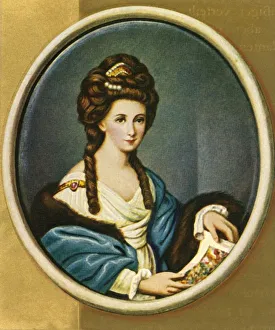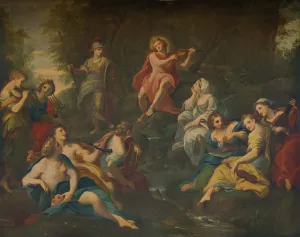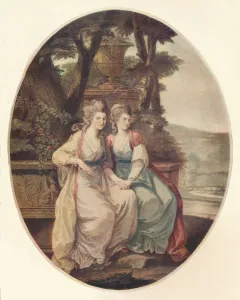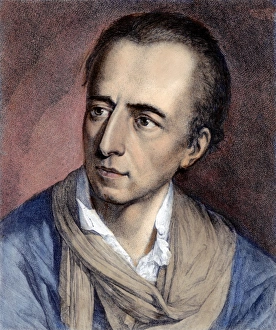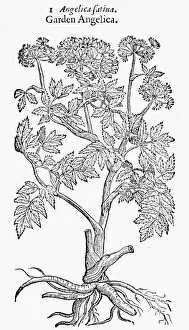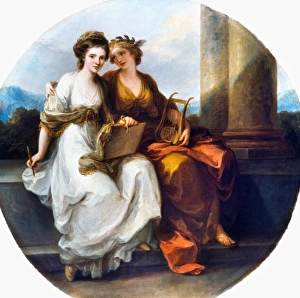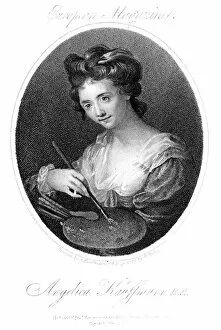Angelika Collection
Angelika Kauffman was a renowned Swiss painter who lived from 1741 to 1807
All Professionally Made to Order for Quick Shipping
Angelika Kauffman was a renowned Swiss painter who lived from 1741 to 1807. She was a prolific artist, known for her exquisite talent and versatility in various art forms. One of her notable works is "Apollo and the Muses, " created in 1772, showcasing her mastery of capturing mythological scenes with grace and elegance. In addition to mythological subjects, it also excelled in portraiture. "The Duchess of Devonshire and Lady Duncannon, " painted by William Dickinson in 1782, exemplifies her ability to depict the beauty and personality of individuals through brushstrokes. Another remarkable piece attributed to Angelika is "The Parting of Abelard and Heloise. " This emotional scene depicts the tragic love story between two historical figures before 1780. Through this painting, she showcases her skill in conveying complex emotions with sensitivity. Angelika's artistic prowess extended beyond painting; she also left behind signatures that bear witness to her creative legacy. The signature of Maria Anna Angelika or Angelica Katharina Kauffman from 1741 serves as a testament to her early beginnings as an artist. Not only did Angelika leave an indelible mark on the art world, but she also inspired other artists like George Brookshaw who crafted the Secretaire commode around c1785. This exquisite furniture piece reflects the influence of Kauffman's style on other artisans during that era. Even after centuries have passed since Angelika's time, her impact continues to be felt through various mediums such as etchings and woodcuts. Johann Joachim Winckelmann immortalized his admiration for this talented artist through colored etchings and etchings themselves serve as reminders of how influential she was during their shared lifetime. Furthermore, botanical illustrations were not exempt from being influenced by Angelika's work either. Woodcuts depicting Garden Angelica from John Gerard's The Herbal published in 1633 demonstrate the enduring influence of her art on different fields.

